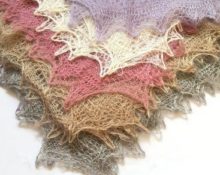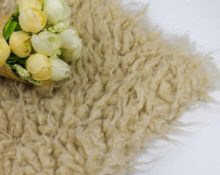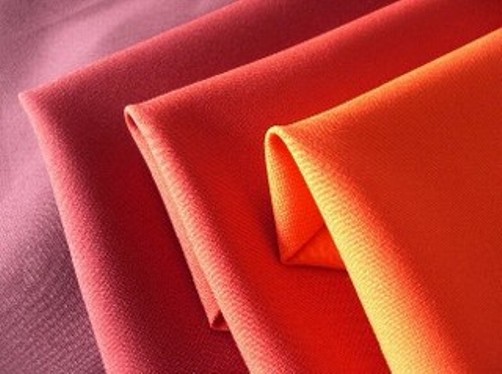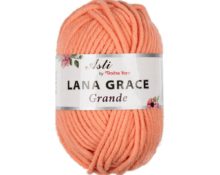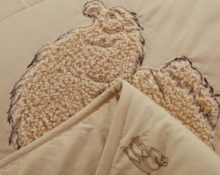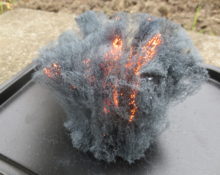Acrylic fiber has been used for both knitting and sewing for a very long time. But not everyone knows about its origin, and even more so about its properties. Sometimes causing confusion or unexpected effects. In order to dispel some doubts and incorrect stereotypes about acrylic, we need to consider in detail all its advantages and disadvantages.
What is Acrylic wool
Acrylic (or as it is also called acrylic fiber, acrylic wool) - this is the result of the work of DuPont (USA). For more than 10 years, the company has been working to improve synthetic material such as nylon. The result was the appearance of acrylic fiber.
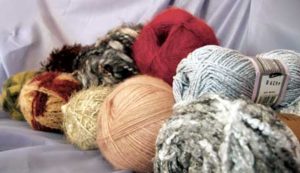
The raw materials for the production of thread are products of oil, coal, and natural gas. The chemical formula of acrylic is quite complex. May fluctuate. But in principle, acrylic fibers include all those that contain at least 85% acrylonitrile. In addition, the composition must contain a comonomer.The latter serves to make the fiber more susceptible to dyeing. It does not fade, that is, it is resistant to ultraviolet radiation. This determines the variety of colors that are presented on the shelves of stores selling acrylic fabrics and threads.
Technologically, acrylic thread can be obtained in two main ways:
- dry felting;
- wet felting.
Are acrylic and wool the same thing?
Acrylic is a fiber obtained artificially from chemical components. And despite the fact that it imitates natural wool as much as possible in its appearance, yet it is unnatural.
In the case of natural sheep or camel wool, everything is completely different. Natural wool is a keratin fiber. It is obtained by cutting the hair of sheep (possibly other animals, such as camel, goat, yak, rabbit, dog, etc.) and further processing and spinning it.
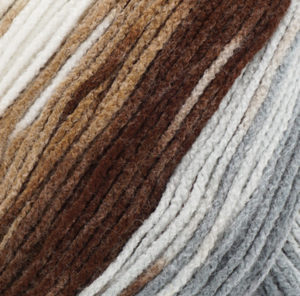
Speaking about comparing the two types of fiber, it is worth noting that, perhaps, although they sometimes look similar, there are still many differences between them, in such properties as:
- tactile;
- allergenic;
- hygroscopic;
- heat retaining;
- breathable;
- ability to scrape;
- shrinkage during washing;
- wear resistance;
- duration of operation.
It’s impossible to say which is better – wool or acrylic. Everything here is very individual - who prefers what. Then it is very important what product is planned to be created from this or that fiber.
Since acrylic and wool have strengths and weaknesses, in order to create the highest quality thread, wool and acrylic are often mixed in one thread.
Characteristics of acrylic in its pure form
The areas of application of acrylic fiber mainly include:
- yarn, which can be of different thicknesses and a wide variety of colors;
- fabrics, which can also have a variety of textures and densities. They are used both as summer and winter ones.
But despite the difference in application, they still have the same properties, both positive and negative.
The main positives include:
- softness;
- comfort;
- strength;
- retain heat well;
- no shrinkage is observed;
- do not shed, but only very high quality fiber;
- cheapness;
- does not wrinkle.
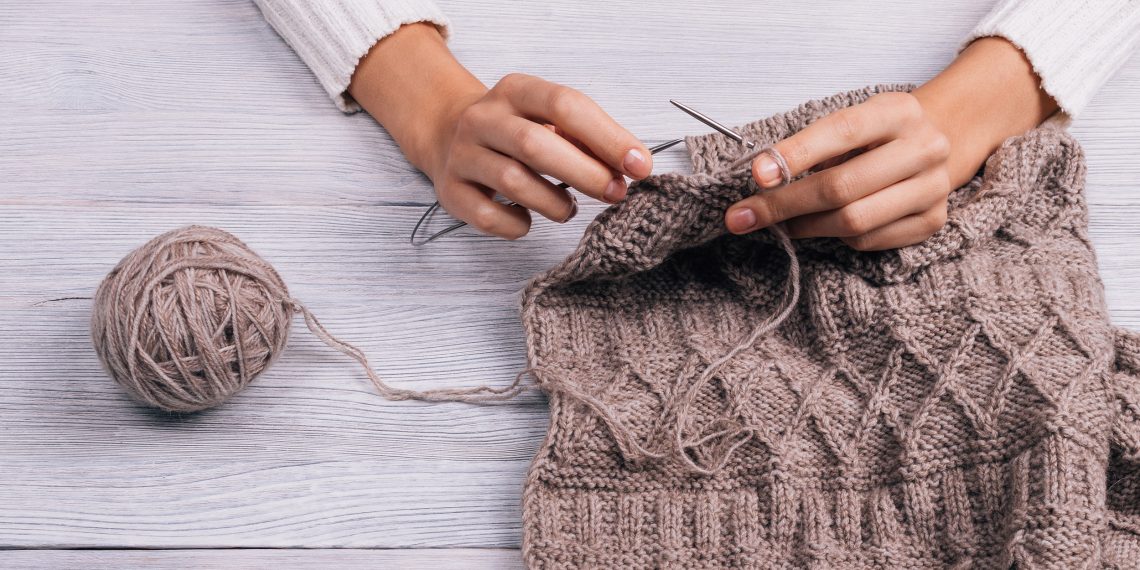
The negative ones include:
- fibers do not absorb excess moisture - hygroscopicity is very low;
- electrification;
- does not allow air to pass through;
- Difficult stains often form on the surface of acrylic fiber. This happens due to the fact that micro-irregularities are able to absorb everything that falls on them. This results in deep penetration of dirt into the fiber structure, which makes it difficult to get rid of dirt.
Wool with acrylic added - what is it like?
Wool is often mixed with acrylic.
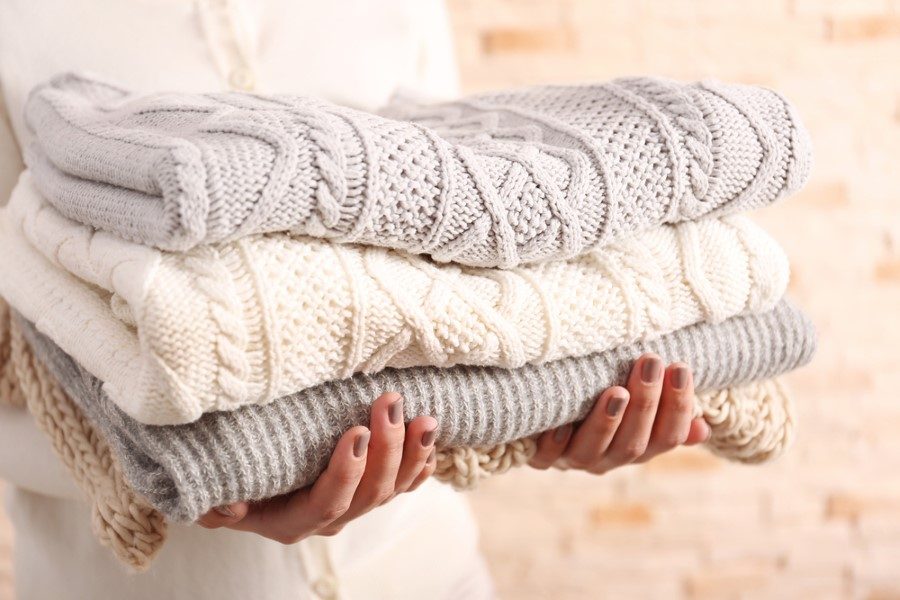
So, for children's yarn, these threads are mixed in a ratio of 50% to 50%. You can also find completely different combinations of acrylic and wool; accordingly, certain characteristics are achieved in the yarn or fabric.
Thanks to wool in the blended fiber It turns out to improve the following characteristics:
- creating warmer yarns;
- improved breathability;
- the material becomes more susceptible to absorbing excess moisture.
By adding acrylic to the thread, you can improve:
- elimination of severe shrinkage;
- reduction in the formation of coughs and abrasions;
- reducing the allergenicity of the material.
Most often, mixed fiber is preferred in children's products, due to the fact that this combination makes it softer and more delicate when in contact with the skin. Also, people who have an allergic reaction to contact with pure wool often prefer a mixture of acrylic and wool.
Can acrylic be considered synthetic?
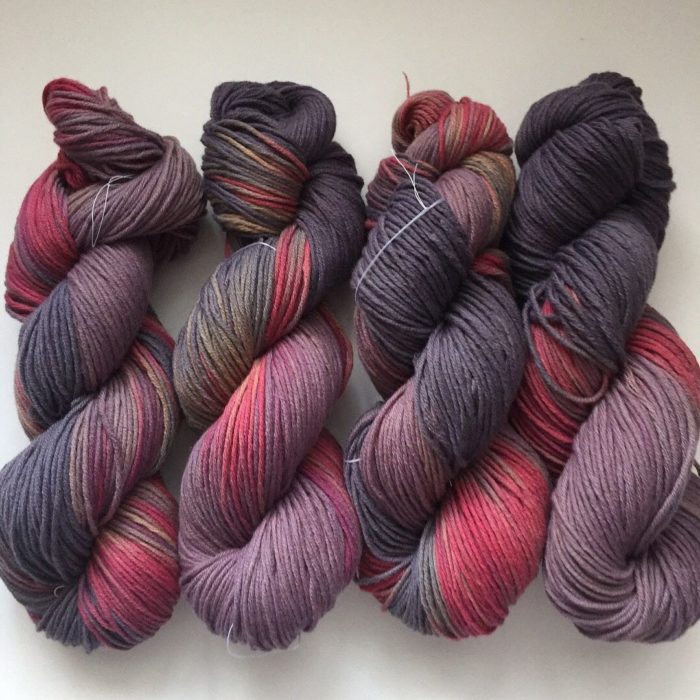
Acrylic is definitely a synthetic fiber. It has nothing to do with natural materials, since it is made exclusively from petroleum products. But you shouldn’t give it up for this reason. After all, before reaching the consumer, it undergoes multi-level safety checks.
The safety of the fiber is so high that it is used in most children's products.


 0
0